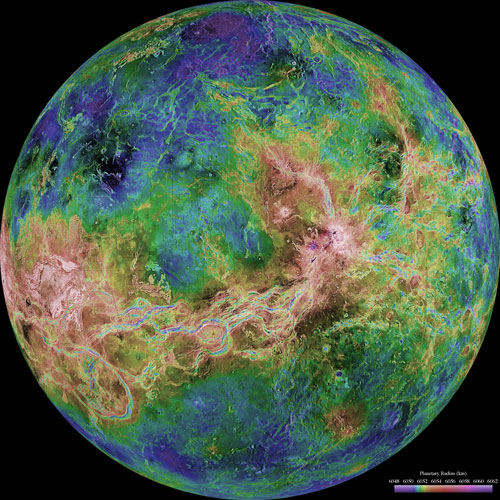|
|
The South
Asian Life & Times - SALT |
|
|||
|
Contents Cover Story
|
|
||||
|
50 Years of Solar System Exploration
The five-decade-old planetary exploration first
began in December 1962 when Mariner 2 flew past Venus, the first successful
mission to another planet. These missions were conducted by robotic
spacecraft that were able to venture deep into the cosmos, where no human
dared. Voyager 1 and 2 were launched in 1977 – and more
than thirty years later are still up there, at the very fringe of our solar
system, studying Jupiter, Uranus, Saturn, and Neptune, sightseeing
their moons, sending close-ups of their rings and discovering solar winds –
typical tourist activities! This is the farthest a human-made object has
gone to. It is over 9 billion miles away, travelling 1 million miles a day,
and may very soon, waltz its way beyond the frontier of the sun’s
heliosphere and enter interstellar space. On December 4, 2012, Voyager 1 was
busy exploring a new region in our solar system called the ‘Magnetic
Highway' - a fast-lane highway of sorts, where instead of fast cars
there are particles from inside the heliosphere zipping away and particles
from interstellar space zooming in. Mars already has a couple of vehicles from Earth on
its surface – inching their way forward every day, having fun diving within
craters and then climbing up again. Sounds like fun! There is a lot that is happening elsewhere in our
solar system. SALT zooms up to the planets to observe some of the
Earthly activities there.
|
|||||
|
Copyright © 2000 - 2013 [the-south-asian.com]. Intellectual Property. All rights reserved. |
|||||
